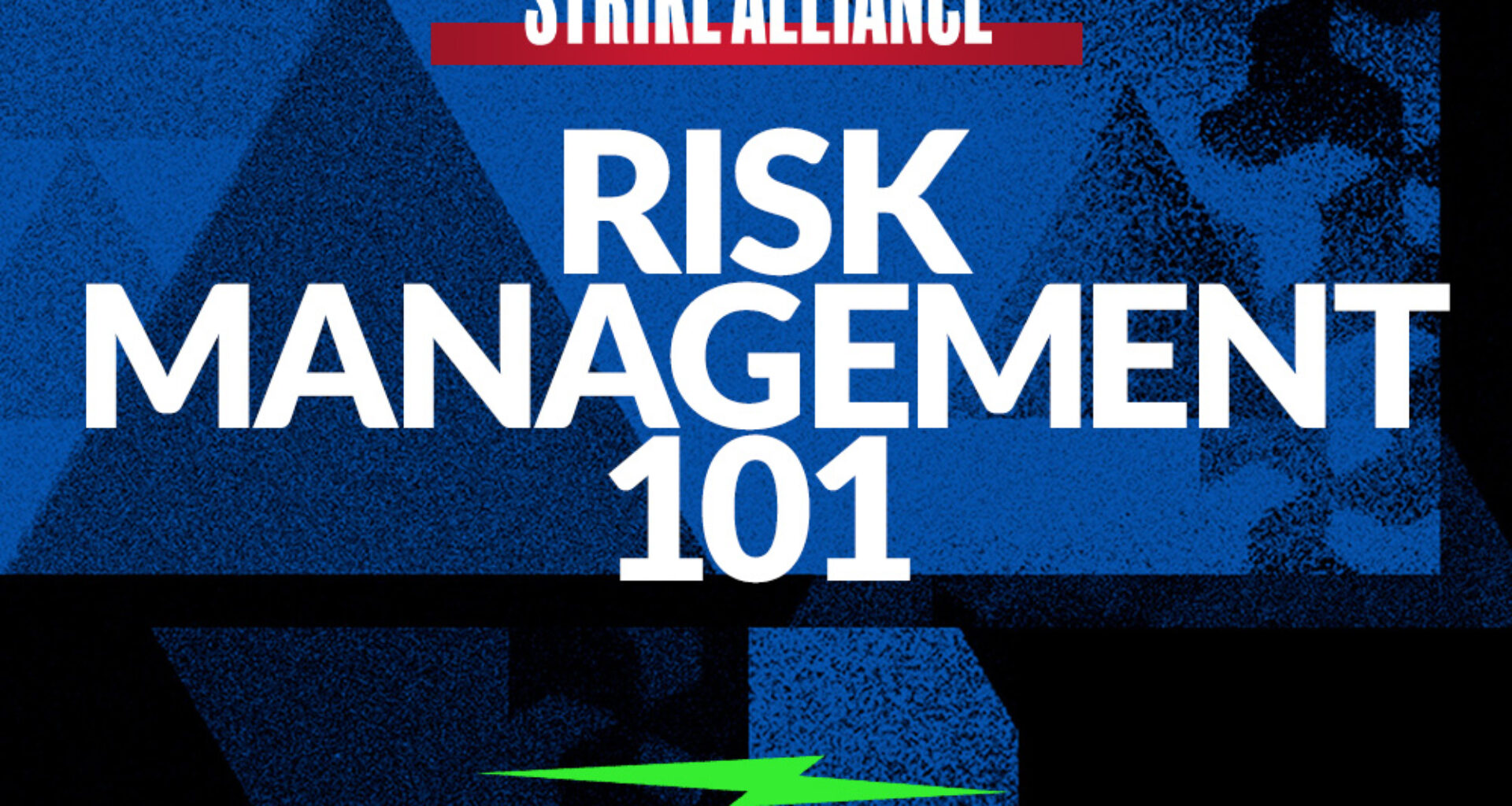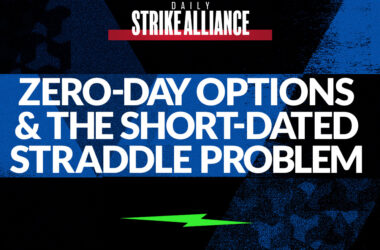Happy Thursday, traders…
Ben here.
If you’ve ever made a profitable trade only to give all of your gains back on the next one, you’re not alone…
Taking two steps forward and one step back is a common problem for aspiring traders.
You often lose the most after you’ve just had a big win as overconfidence and euphoria invade the logical part of your brain.
(Remember the Holy Trinity of Trading Psychology…)
Trading isn’t just about making money — it’s about keeping the money you make.
If you don’t take the necessary steps to protect your profits, it doesn’t matter how amazing your preceding trades were … you’ll eventually lose it all.
But I have a very strict system that helped me avoid losing trades for the entire month of September…
I put 22 trades on in September, and all 22 were winners:
A whole MONTH without a trading loss with an average trade result of 108.3%:
41% on TLT*
67% on DAL*
253% on CCJ*
150% on RKT*
160% on NCLH*
19% on PLTR*
300% on INTC*
168% on GOOGL*
64% on AAPL*
20% on X*
167% on AMZN*
25% on AMZN*
34% on MBLY*
200% on MSTR*
300% on RTX*
40% on LVS*
200% on GOOG*
20% on AAPL*
20% on RTX*
75% on NVDA*
40% on AMD*
19% on JBLU*
How did I pull this off? Aside from using my SPYDER Scanner, It’s all about risk management. Today, I’ll show you how to manage your risk like a pro…
The Secrets to Proper Risk Management
Risk management is about two factors above all:
Before buying call options for $1.00, decide where you would sell on the downside (say, $0.98). That would mean you’re only risking $0.02, which shouldn’t be blowing anyone’s account up.
Then, you need to determine:
- How much money you are comfortable losing in a worst-case scenario…
- How much money you expect to make in a best-case scenario…
- Where to set your stop loss (risk level)…
- Your expected price target (for the underlying stock and the contracts)…
When you buy options, time decay is always working against you. If the stock trades sideways, your contracts are going to tank.
You want to make sure every trade has enough meat on the bone, so to speak.
At the very least, a 2-to-1 reward-to-risk ratio. Ideally 3 to 1 (i.e. you have the potential to make $2 to $3 for every $1 you risk.)
Watch the price of contracts throughout the day, noting their high and low points.
This will give you an accurate gauge of the range of the option premiums.
That way, you don’t have to guess what a good fill is … you’ll know you’re buying near the low of the day.
After that, how you exit trades is arguably even more important than how you enter them.
Exits are where you make (or break) the bank.
Always have a price target where you plan to exit. I like to have a target for the share price as well as for the options premium.
For example, I’ll send out an alert saying “I’m aiming for Stock XYZ to hit $95, my first target for the contracts is $1.20.”
If you’re worried about your timing, don’t hesitate to set a limit sell order. You can even do this as soon as you put the trade on. This order will guarantee your contracts get sold as soon as you hit your price target.
On the other hand, it’s good practice to set trailing stop losses near your risk level. This ensures your contracts will be automatically sold before losing more than you’re comfortable with.
The Biggest Risk-Management Mistake You Can Make
The costliest mistake you can make when it comes to risk tolerance is risking more than you’re willing to lose. You can’t oversize your positions.
You have to figure out how to strike a delicate balance between risk and reward.
Some traders love taking big risks, others like a more conservative approach.
But if you go over your boundaries and break your rules, it can ruin you.
This is why I advocate for hitting singles, especially when you’re first starting to trade.
String a bunch of small wins together. It’ll help build your confidence while simultaneously fine-tuning your trading strategy.
And the best part is by sizing small, you’ll never lose more than you’re willing to.
How Emotions Can Affect Risk Management
While all of the technical considerations I just outlined above will help…
At the end of the day, risk management is a personal journey. It’s about your emotions.
I can’t tell you how much money you’re comfortable losing or how much you should strive towards making.
These answers come down to personal money management, your personality, your account size, and more…
For example, a middle-aged parent will often (and should) have a lower risk tolerance than a 25-year-old Reddit trader.
That said, there are four hard-and-fast risk management proverbs that everyone can take to heart:
- If you find yourself green on a trade, and you’re telling yourself “Let’s hold for just a little more, just a little more” — it’s time to get your emotions in check.
- Take your profits quickly while you still have them. As the Steve Miller Band said, “Take the money and run.”
And speaking of taking some money out of the market, let’s look at:
💰The Biggest Smart-Money Bets of the Day💰
- $1.9 million bullish bet on PDD 10/18/2024 $150 calls @ $2.59 avg. (seen on 10/9)
- $1.9 million bullish bet on CIO 10/18/2024 $2.50 calls @ $3.70 avg. (seen on 10/9)
- $1.6 million bullish bet on AAPL 10/18/2024 $225 calls @ $4.05 avg. (seen on 10/9)
Happy trading,
Ben Sturgill
P.S. There are hundreds of ‘smart money’ sweeps to choose from every day on my SPYDER Scanner…
These exact setups have led to recent gains of 168% on GOOGL, 253% on CCJ, and even a staggering 300% on INTC!*
If you want to start finding trades like those…
TODAY, October 10 at 12 p.m. EST — Danny Phee and I are teaming up for an exclusive LIVE WORKSHOP where we’ll reveal the most promising ‘smart money’ setups for next week.
Seats are limited — Reserve yours before it’s too late!
*Past performance does not indicate future results




